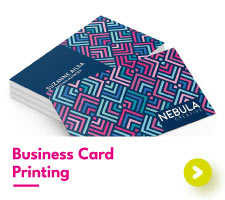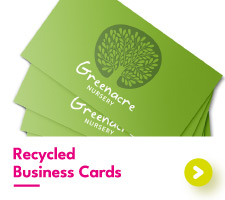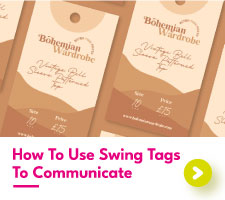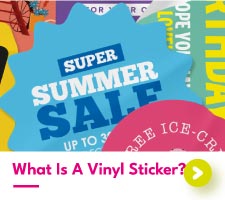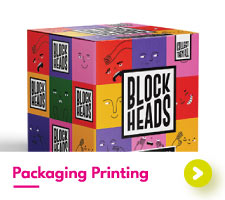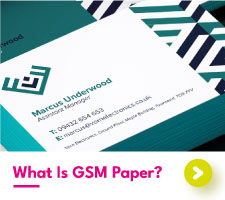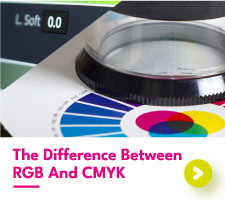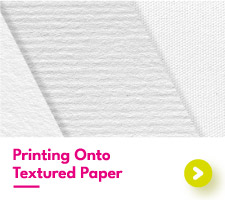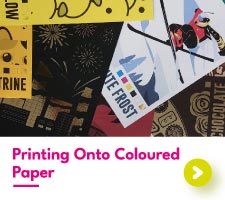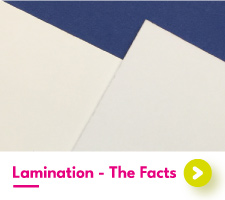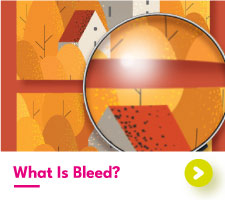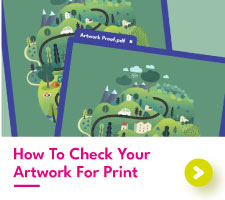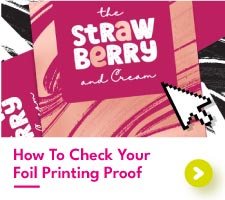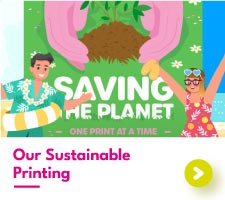Environmentally Friendly Flyers
Creating printed flyers in an eco-friendly fashion may at first seem backwards by nature. In past centuries we’ve used organic materials such as plants and animals to create a surface we can write or print upon. Even back to when the Egyptians used the pith of the Papyrus plant to create the first known writable surface (not including rocks).
Nowadays, print isn’t seen as just a single sheet though. When you think of printing, you may be more familiar with hundreds or thousands of flyers. In 2019, the UK imported around 8 billion GBP worth of pulp, paper and board. With the sheer amount of material needed to create all these prints, looking for an eco-friendly solution that re-uses other materials or doesn’t involve deforestation is surely a benefit to our planet.
In this blog, we’ll go over a few ideas you can consider to implement a greener flyer printing approach as well as touching upon some commonly asked questions.
Create A Flyer People Won't Throw Away
This might seem obvious, but in practice, creating a flyer design that people won't throw away is harder than it looks. Try and think about what your flyer is trying to achieve. The key to making environmentally friendly flyers is knowing how you can make the design valuable for your customer.
For example, a good idea for having people hold onto your flyer is by including offers or voucher codes. If it’s a multiple-use code for say free delivery, then people are much more likely to keep your flyer around.
You could even have an offer where if you bring the leaflet into your store, then there’s an added benefit. This allows you to collect up the used paper and recycle them at your place of work. At the very least, this approach will mean your printed flyers don’t end up in the landfill. This also means you can see how successful your promotion is. See our article about response rates for flyers for tips on measuring your ROI.
How Are Flyers Recycled?
Without boring you with too many details, flyer recycling all starts with the action of placing your waste paper in the correct bin! If you just put your paper in with all your other waste, those babies will end up in landfill and we don’t want that!
Once your recycled paper makes it to the recycling plant, it is separated and graded into different paper types. After, the waste paper is cooked in large vats of hot water and chemicals. This separates the paper from any toner, laminates, and other non-paper products. This process creates a paper slurry known as pulp.
The pulp is then screened through smaller and smaller filters to remove any small debris such as paper clips or staples. Once cleaned, the papermaking process begins by pumping the pulp through smaller and smaller rollers to remove the moisture and even out the paper. When the paper reaches the final roller, it is at it’s set thickness and is batched up on huge rolls to store or move onto processing.
This paper is now classed as recycled paper and can be used for recycled flyers. Using recycled paper for your prints is a simple way to reduce the environmental impact of your promotion.
Can You Recycle Laminated Flyers?
Put simply, yes, you can recycle paper that has been laminated. At the beginning of the recycling process, laminated flyers will be separated into its own section and processed separately. In the pulping process, the laminate simply floats to the top of the slurry and is separated from the rest of the paper.
Is The Printing Process Eco-Friendly?
We often get asked: “is your ink eco friendly?”. While we don’t actually use inks, we use toner which is part of the digital printing process, all of our toners are plant-based. This means that no animal products are used in the creation of any of our print materials.
This means all our print is technically vegan although it’s hard to know if any of the chemicals which make up the inks and toners were not tested on animals.
Other than our inks, we try where possible to use responsibly sourced paper and our printer are very energy efficient as they’re only powered up while in use. Therefore on the print side of things, we’re currently as eco-friendly as we can be!
Bleached Vs Unbleached Paper
While it might not be common knowledge, the reason for white paper is because it is bleached in the pulping process. By nature, paper made from wood pulp is brown to begin with. You can actually use an unbleached and chlorine-free paper option named Kraft paper.
Kraft flyers are ideal for adding a natural and rustic feel to your flyers. Arguably, Kraft is the most eco-friendly paper type we offer, so if it matches your aesthetic then it’s a great idea to incorporate this into your green flyering campaign.
Are Flyers Biodegradable?
As we’ve discussed, flyers are made from all-natural materials so they are biodegradable. There is however no real rating on how long flyers can last in the environment before they fully decompose as this would depend on how much print and what other processes are involved.
We will always recommend recycling over throwing paper into landfill. Although paper can break down, some chemicals that are used to make paper, such as bleach, are not great for going back into the soil.
When paper breaks down it can also produce methane which is a greenhouse gas. Make sure there are recycle bins nearby when you are deciding the best place to hand out flyers.

 USA
USA FR
FR
